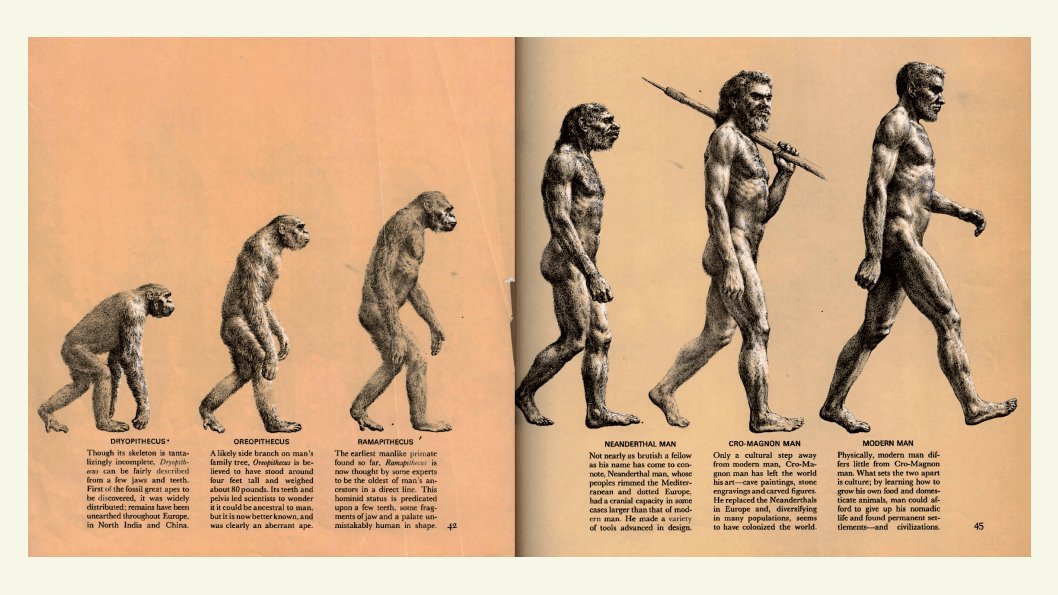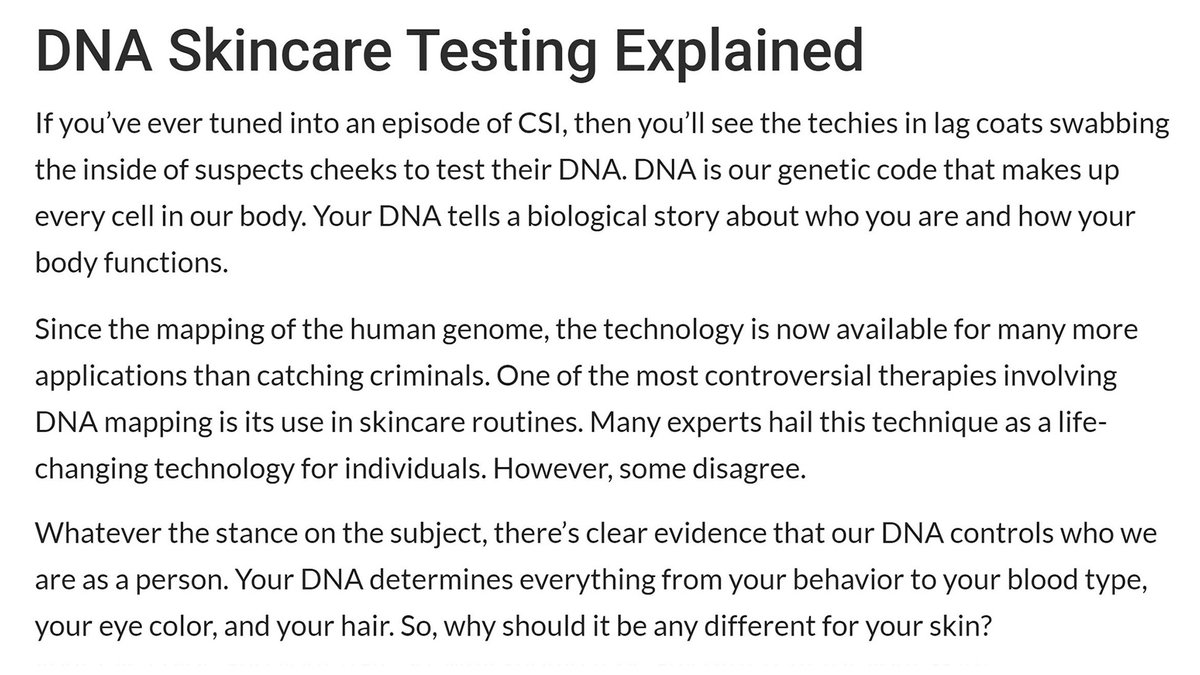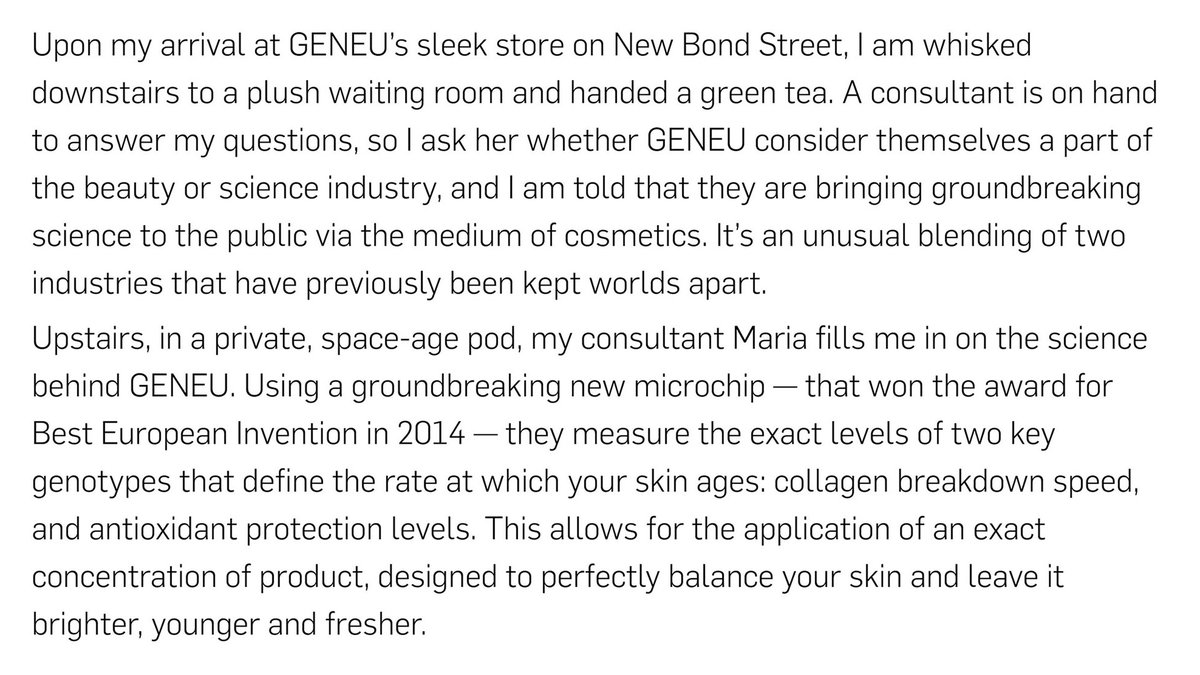Twenty years ago today, our paper “A forkhead-domain gene is mutated in a severe speech & language disorder” was published: nature.com/articles/35097…. To mark the occasion, a personal thread about the journey we took to get to that point.
1/n
1/n

Learning about human genetics as an undergrad, I found one emerging area of the field especially enticing. Scientists were discovering causes of major inherited disorders purely by analysing DNA of affected families, without needing prior knowledge of the biological pathways.
2/n
2/n
It was captivating how this elegant detective work zeroed in on the genetic disruptions in Duchenne muscular dystrophy, cystic fibrosis & retinoblastoma (among others), yielding insights into underlying mechanisms that might never have been uncovered by alternative methods.
3/n
3/n

During my PhD, I had opportunities to apply the strategy for real, & identified a gene mutated in a rare kidney-stone disease. Then in ‘96 I was lucky enough to be recruited by @MonacoAnthony, a much-admired pioneer in human gene discovery, to join a novel research program.
4/n
4/n
In his lab at @HumanGeneticsOx, Tony was taking the gene-mapping strategies that had proved successful in resolving inherited medical conditions & extending them to traits of human behaviour/cognition. My postdoc mission concerned developmental language & reading disorders.
5/n
5/n
Twin studies had made clear that inherited factors contribute to childhood language/reading problems but we expected the genetic architecture to be complex, involving effects of multiple different genes. To detect such effects reliably, we would need data from many families.
6/n
6/n
Soon after we began building up cohorts for the project, Tony was contacted by Marcus Pembrey, a leading geneticist at London’s Institute of Child Health. They had identified a 3-generation British family (codenamed KE) in which 15 relatives had speech/language problems.
7/n
7/n

Unusually, the disorder seemed to be inherited in a classic monogenic dominant pattern, meaning it might be due to disruption of just one genetic locus. I knew of this family from reading Steven Pinker’s book The Language Instinct & jumped at the chance to analyse their DNA.
8/n
8/n
Long before the DNA was studied, descriptions of the family fueled controversy over existence of a dubious “gene for grammar”. Wide coverage was given to linguist Myrna Gopnik’s claim of a selective deficit in grammar e.g. that KEs “lack a general rule for producing plurals”.
9/n
9/n

The London team, led by neuropsychologist @KhademF, countered the claim. In work with @kateewatkins & co, she showed the most striking feature of the disorder is impaired sequencing of mouth/face movements important for speech + broader deficits in language/cognitive skills.
10/n
10/n

Even as debates ensued on the nature of the disorder, DNA-based methods hadn’t yet been used to test if its inheritance was truly monogenic. By tracing transmission of genetic markers in the family, we confirmed involvement of a single locus, & localized it to chromosome 7.
11/n
11/n

Our genomic region of interest was big, partially characterized & likely to include many unknown genes. It was ’98, some years before the Human Genome Project finished a first draft. Using bioinformatics, I gradually pieced together maps of gene organisation in the interval.
12/n
12/n

Cecilia Lai, a PhD student in the lab, searched through gene after gene for disruptive variants. Then, plot twist! Jane Hurst, lead author of the first KE-family report, phoned to say she’d identified an unrelated case with a similar disorder & rearrangement of chromosome 7.
13/n
13/n
The child (CS) had a translocation involving exchange of material between chromosomes 7 & 5. We mapped the chr7 breakpoint within our region of interest, very close to CAGH44, a brain-expressed polyglutamine-tract gene. But there was no mutation of CAGH44 in the KE family.
14/n
14/n

Another twist. Turned out CAGH44 was mischaracterized by the team who'd first cloned it. Our data showed that the gene extended much further than they'd thought. Reconstructing the full locus, we found a novel part encoding a forkhead box (FOX), a type of DNA-binding domain.
15/n
15/n

Sequencing of the newly discovered section of the gene in the KE family revealed a single nucleotide variant (G-to-A) in all the affected members, yielding an amino-acid change (arginine-to-histidine) at a critical place in the FOX domain, predicted to disrupt its function.
16/n
16/n

Based on its DNA-binding motif, this was a novel FOX transcription factor, given the official name FOXP2. Prior literature had linked mutations in other FOX genes to a range of diseases. Our work suggested FOXP2 dysfunction as one potential cause of speech/language disorder.
17/n
17/n

In the years that followed, rare FOXP2 disruptions have been found in other families with problems in speech, language & behaviour, refining our understanding of the associated disorder, while the impacts of dysfunction have been studied in animal models & cellular systems.
18/n
18/n

FOXP2 became a jumping-off point for research in a range of fields: neuroscience, developmental biology, animal behaviour, evolutionary anthropology & beyond. It has also highlighted the challenges of communicating across disciplines. But that’s a story for another thread. 19/19
• • •
Missing some Tweet in this thread? You can try to
force a refresh












